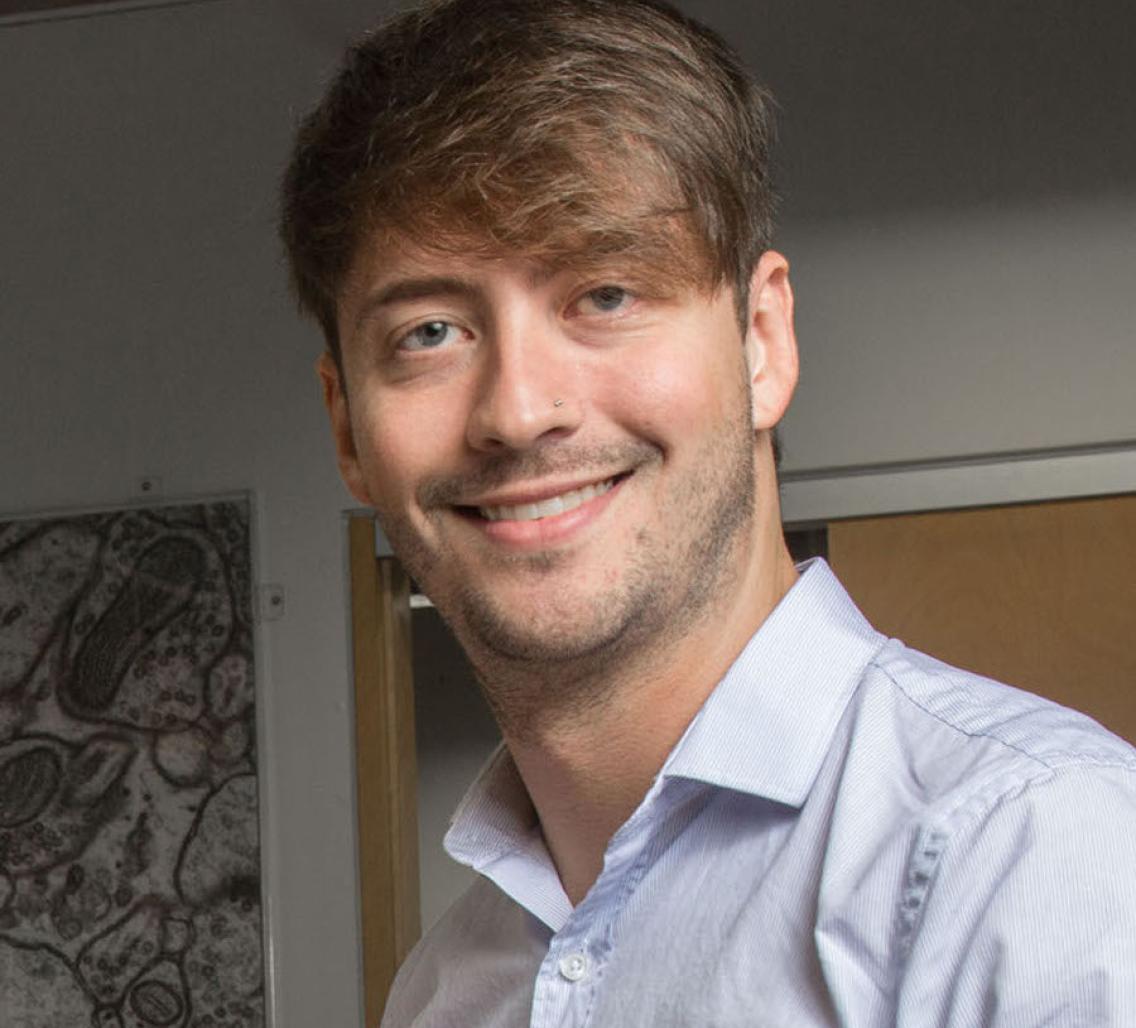Event Details:

**The livestream will be restricted to Stanford affiliates. We recommend logging in to Stanford Zoom before joining**
Abstract
With new multichannel recording technologies, neuroscientists can now record from cortex with high spatial and temporal resolution. Early recordings during anesthesia observed waves traveling across the cortex. While for a long time traveling waves were thought to disappear in awake animals, in recent work we have revealed traveling waves during awake states, where activity is more difficult to analyze. Whether these waves play active functional roles in sensory perception and cognitive processes, however, has remained unclear.
In my research, I have introduced new, general computational methods for detection and quantification of spatiotemporal patterns in high-noise multisite recordings. These methods have revealed that small visual stimuli consistently evoke waves traveling outward from the point of input in primary visual cortex of the awake monkey. Further, we have recently found that spontaneous cortical activity is structured into waves traveling across visual area MT, and that these spontaneous waves modulate both excitability of local networks and the probability of faint stimulus detection. Our results thus indicate that spontaneous and stimulus-evoked waves play active roles in sensory processes. We aim to understand the general computational roles for these waves in upcoming computational and mathematical work.
Bio
Lyle Muller's research focuses on neural data science, computational modeling, and the mathematics of random graphs. Lyle’s research develops new algorithms to understand the spatiotemporal structure of cortical activity at the single-trial level. The lab then uses computational models and network theory to understand the underlying mechanisms generating observed dynamics. Since 2019, Lyle has led a laboratory for computational and theoretical neuroscience (http://mullerlab.ca) in the Department of Mathematics at Western University in Ontario, Canada.